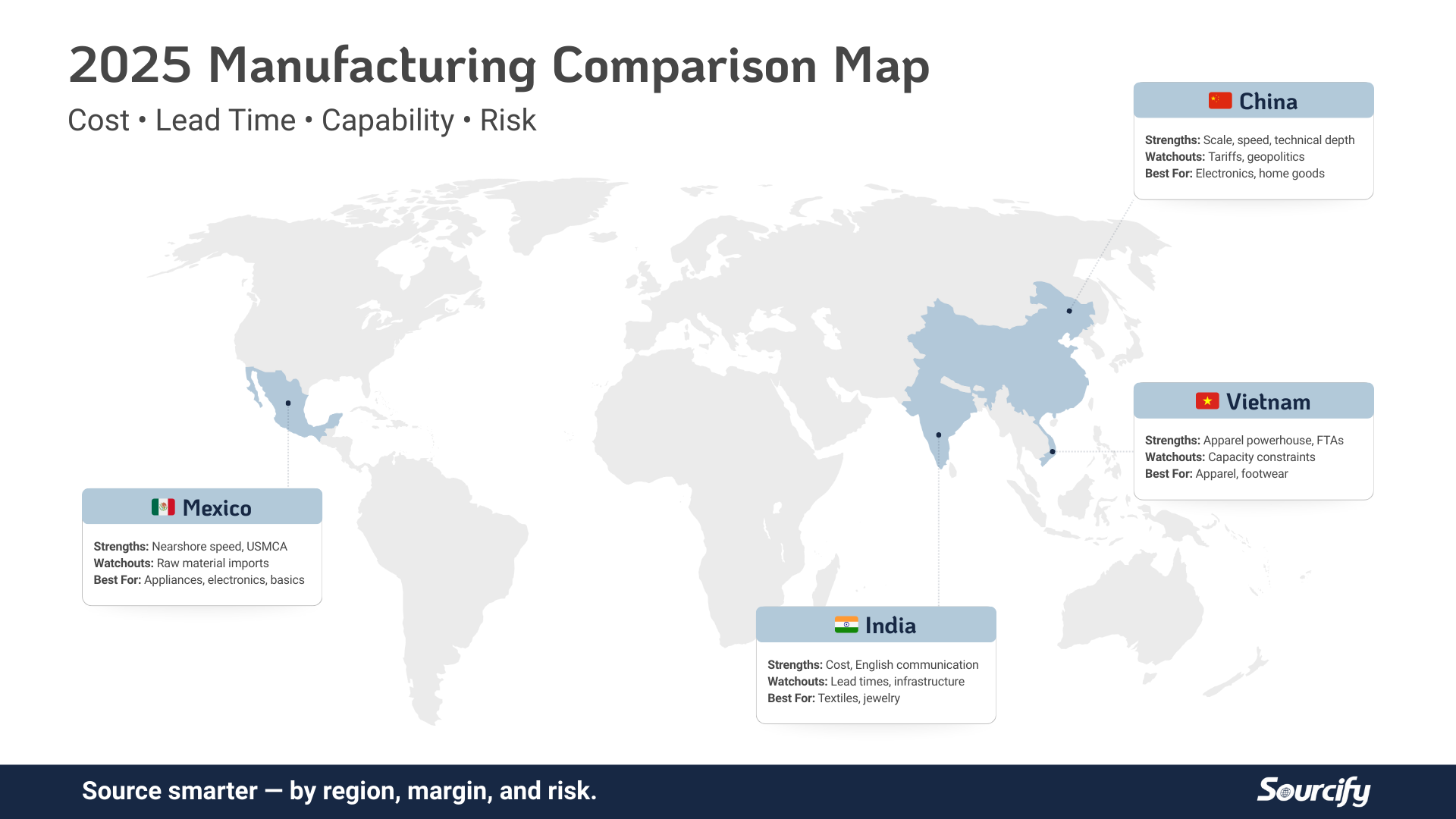You want to start an Amazon FBA business, but you’re stuck on ideas of what to sell and where to obtain them. Consequently, this is one of the most common areas of starting a business that people struggle with.
Sourcing strategies can vary from year to year, product to product — especially within the ever-changing business of Amazon FBA. If you spent a single day browsing through Amazon, you’d come across thousands of items you could potentially resell. However, that doesn’t mean that all of those items should be resold.
With that in mind, how do you know whether to purchase an item to resell, or move onto a different item? When making a sourcing decision, there are various factors to consider, like the item’s sales rank, price, fees, and potential profit, just to name a few.
Here are four proven tips to effectively source inventory for your Amazon FBA business:
- Online Deals Are Typically Better Than In-Store Deals
The days of clipping coupons and heading to the nearest big box store to participate in small savings events are over. Nowadays, the best deals are almost always online. It’s much easier to get great deals on larger quantities of items when shopping online vs. in-store.
And like in many areas of online activity, the Internet connects providers and suppliers, enabling reduced costs, better communication, and a more efficient process overall. Additionally, online sourcing is far more convenient, especially for those who have families or full-time jobs that keep them busy 24/7.
Instead, turn your focus from the shiny new products in brick-and-mortar stores and focus on plugging in your searches to online retailers. Then, you can narrow down exactly what you need and start sourcing at soon as possible.
- Understand Your Competitors
A little healthy competition never hurts anyone …
Except when it comes to Amazon, it seems.
Unless no one else is selling a certain item (which is highly unlikely), you’re going to have competitors. The two key competitors you must consider are (1) Amazon, and (2) third-party sellers.
When you see a competitor ranking above you or your product, that means you’re actively losing customers and sales, which leads to a gradual decline in your product’s ranking. Product rankings should never be overlooked. In fact, about 70 to 80 percent of Amazon sales can be attributed to high product rankings.
The trick is to increase your visibility to buyers. In order to do this, you must understand your competitors and their strategies.
First, identify the keywords used by your competitors. Then, you can use those same keywords in your campaigns with Amazon Sponsored Ads. The goal is to out-rank your competitors by increasing sales that are driven by your competitor’s keywords.
Also, keep an eye on your competitor’s pricing. Product pricing plays a big role in the purchasing process. Oftentimes, someone will come across your product, then attempt to find it for less from another seller. Of course, you should never undersell your product. But you should set price alerts on your competitor’s products and reprice your items accordingly.
- LookIntoPrivate Labels
Private labels denote sourcing generic products from a manufacturer and selling them under your own label. Unlike wholesale, you have more say in the design of the product and you can use your own brand name. This gives you more control over product quality, packaging, labeling, and other important aspects.
This also eliminates a lot of competition and appeals to buyers as being unique and original. In other words, you didn’t just buy a product and resell it — you made it your own in some way, shape, or form.
Wholesale sourcing can sometimes become too repetitious. However, obtaining a private label for your products allows you to express creativity in areas that you would otherwise have no control over.
Obviously, this takes a lot of patience and research. But if you can find an underrepresented product on Amazon and figure out a way to make it your own and successfully market it, you can create a profitable business model.
- Sample Before BuyingInBulk
Despite this being the last tip, it is arguably the most important. One of the biggest lessons you will learn when sourcing as an FBA seller is to start small with samples and always test your products before selling them.
When you become more familiar with the product you’re selling, you can place more confidence in its eventual success. In other words, put yourself in the buyer’s shoes. Let’s say you’re selling bedsheets. How well acquainted are you with these bedsheets? Have you slept in them? Have you run them through the washer to ensure the color doesn’t fade, or the material will stay soft?
These are things buyers will be looking for in a quality pair of bed sheets, and if they aren’t satisfied, they’ll leave a negative review. Shoppers look for relevant information before purchasing a product, and if they see negative reviews about a product’s quality, they’ll be driven to buy the product from a different seller.
Final Thoughts …
Once you’ve got everything lined up to launch your FBA business, it’s time to move your products off the shelves and into the hands of customers.
Keep in mind that not every sourcing strategy will work, and your business will change over time. If a product or strategy falls through, move onto another product or strategy. Starting an Amazon FBA business takes practice and patience. Once you understand that, everything else — including your inventory sourcing — will fall into place.




